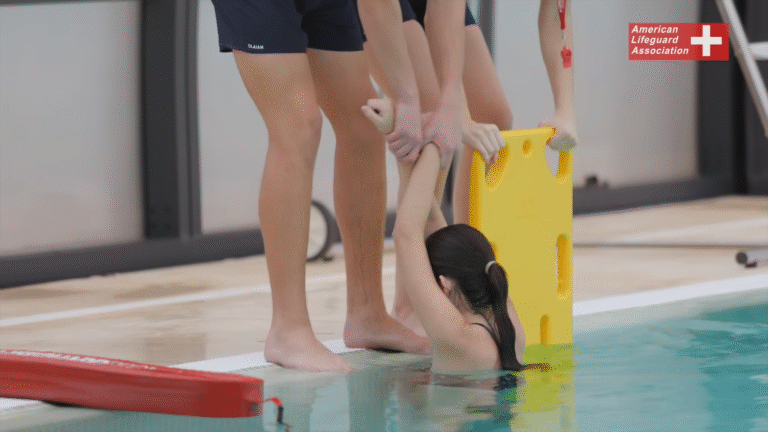
Understanding Irving Pre K Programs: A Guide for Parents in the USA
Early childhood education plays a key role in shaping a child’s learning journey. In the USA, Irving pre K programs give young learners the foundation they need before starting kindergarten. These programs focus on building essential skills, encouraging social growth, and preparing children for academic success. This guide explains what parents can expect, how these programs work, and why they are important.
What Is Irving Pre K?
Irving pre K refers to pre-kindergarten programs available in the Irving area. They are designed for children typically aged four, though some programs also accept three-year-olds. The goal is to help children develop basic literacy, numeracy, and social skills before entering formal school.
Pre K programs follow a structured curriculum but maintain a playful, engaging environment. Lessons often mix academic activities with creative play, physical movement, and social interaction.
The Purpose of Pre K Education
The main purpose of pre K education is to bridge the gap between home learning and kindergarten. Children learn to adapt to group settings, follow instructions, and develop independence.
Some key benefits include:
- Cognitive Development: Learning letters, numbers, and basic problem-solving.
- Social Skills: Understanding cooperation, empathy, and sharing.
- Language Growth: Improving vocabulary and communication abilities.
- Motor Skills: Building fine and gross motor coordination through play and activities.
Structure of Irving Pre K Programs
Curriculum Focus
Most Irving pre K programs follow guidelines set by educational authorities in the USA. The curriculum usually includes:
- Literacy: Letter recognition, phonics, and storytelling.
- Math: Counting, shapes, patterns, and measurement.
- Science: Exploring nature, simple experiments, and observation skills.
- Arts and Crafts: Creativity through drawing, painting, and building.
- Physical Education: Movement games and outdoor play.
Class Environment
Classrooms are designed to be child-friendly, colorful, and interactive. Teachers use activity stations to promote hands-on learning. Group projects encourage teamwork, while quiet corners allow for individual exploration.
Teachers and Staff Qualifications
A strong pre K program depends on well-trained educators. In Irving pre K, teachers usually hold early childhood education certifications. They are trained to work with young children, manage classroom behavior, and use age-appropriate teaching strategies.
Support staff, such as teaching assistants, help maintain a safe and engaging learning environment. Together, they ensure each child receives attention and guidance.
Enrollment Process
Eligibility
Most programs require children to be at least four years old by a certain date. Proof of residency in Irving or the surrounding area may also be needed.
Application
Parents can apply online or in person, depending on the school district or learning center. Enrollment may be free for eligible families, while others might pay tuition based on income.
How Pre K Prepares Children for Kindergarten
Irving pre K programs introduce children to structured routines, academic concepts, and classroom behavior expectations. By the time children enter kindergarten, they are familiar with:
- Sitting in a group and listening to instructions.
- Following a daily schedule.
- Completing simple assignments.
- Interacting respectfully with teachers and peers.
Research shows that children who attend pre K often have stronger reading and math skills in early elementary grades.
Types of Irving Pre K Programs
Public School Pre K
Offered through local school districts, these programs may be free or low-cost for qualifying families.
Private Pre K
Private centers often offer flexible schedules and smaller class sizes. They may include extra activities such as foreign languages or music lessons.
Head Start Programs
Head Start is a federal program designed for low-income families, providing comprehensive early education, health, and nutrition services.
Daily Routine in Pre K
A typical day in an Irving pre K classroom includes:
- Morning Circle Time – Greetings, songs, and discussing the day’s activities.
- Learning Centers – Small group or individual tasks focusing on literacy, math, or science.
- Snack and Story Time – Promotes healthy habits and listening skills.
- Outdoor Play – Physical activity to build coordination and teamwork.
- Creative Activities – Art, music, and dramatic play.
- Closing Circle – Review of the day and preparing to go home.
Tips for Parents Preparing a Child for Pre K
- Establish Routines: Practice a regular bedtime and morning schedule.
- Read Daily: Share books to improve vocabulary and listening skills.
- Encourage Independence: Let children dress themselves and manage simple tasks.
- Promote Social Interaction: Arrange playdates to help with sharing and communication.
How to Choose the Right Pre K Program
When selecting an Irving pre K, parents should consider:
- Location and Convenience – Proximity to home or work.
- Class Size – Smaller groups allow more individual attention.
- Curriculum Quality – A balanced mix of academics and play.
- Teacher Qualifications – Training and experience in early childhood education.
- Safety Measures – Secure facilities and emergency procedures.
Visiting classrooms, meeting teachers, and reviewing schedules can help parents make an informed choice. You can also learn how quality management practices support education.
The Long-Term Impact of Pre K
Studies show that early education benefits extend beyond kindergarten. Children who attend quality pre K are more likely to perform well academically, graduate high school, and develop strong social skills. In Irving, these programs help prepare children for a lifetime of learning.
Conclusion
Irving pre K programs give children a strong educational foundation while helping them adjust to a structured learning environment. By focusing on academic skills, social development, and creative play, these programs set the stage for long-term success. For parents in the USA, understanding the structure, benefits, and options available can make choosing the right pre K program much easier.





